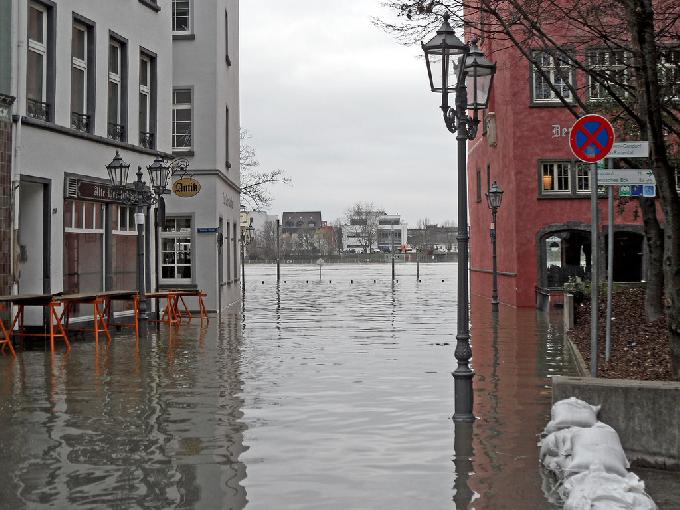The recent flooding that inundated New York City and left a cleanup and reconstruction bill of $65 billion has politicians and city planners scratching their heads and looking far and wide for creative and dependable methods for controlling storm surges and minimizing flood damage.
Before all the talk of global warming and rising sea levels, the City of Venice Italy was dealing with this very issue; Venice sits in the middle of the largest wetlands in the Mediterranean. No fewer than seven major cities around the world are expected to disappear beneath the rising waves sometime of the next century: Venice, Bangkok, New York, Houston, Shanghai, New Orleans, and Mexico City. All of these cities, on sunny, calm days are idyllic and it is hard to imagine what may lay ahead if they are left to be ravaged by the sea. But rising water is clearly not an issue that can wait or be ignored and the very best scientists and engineers are the only people with the tools to understand and fix the issues.
Not all the solutions involve technology. An example is that Venetians no longer live on the ground floor of their dwellings. Attempting to stem the tides or reroute them, like a modern day Moses, doesn’t always work. Tides, wind direction, even temperature can make the difference between high water and an innundation.
Some of these cities, like Venice, are sinking; this is mostly due to the pumping of groundwater and methane gas for local industries. Sinking cities are beginning to experience flooding for high water events that did not cause damage 100 years ago. And high water events that may have happened 10 times a year a century ago are now happening much more frequently.
In order to determine what can or might be done, it is best to look at what is happening in Venice as they have been dealing with this problem for four centuries!
The Venetian project, called MOSE after Moses who parted the Red Sea in the Bible, is building 78 floodgates to stem the flood of water through its three inlets. The flood gates were design to be flexible in that depending on the type of tides, there are different ways to manage the flood barriers. Managers will be able to open and close gates depending on the winds and tides.
Inflatable doors will lie at the bottom of the inlets, invisible, teathered to 125-foot-long steel and concrete pilings in the lagoon bed. When a flood is expected or a tide too high, compressed air is released inside the gates, emptying them of water and they will rise and block the entrance of the tide.
Higher sea levels will create more server storms that will funnel much more water toward these cities. The water will come but when comparing the cost of building to protect cities is compared with the costs of seeing them destroyed, again and again, it is clear that planners need to be working on solutions, and the sooner the better.







